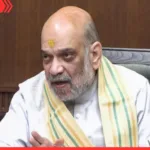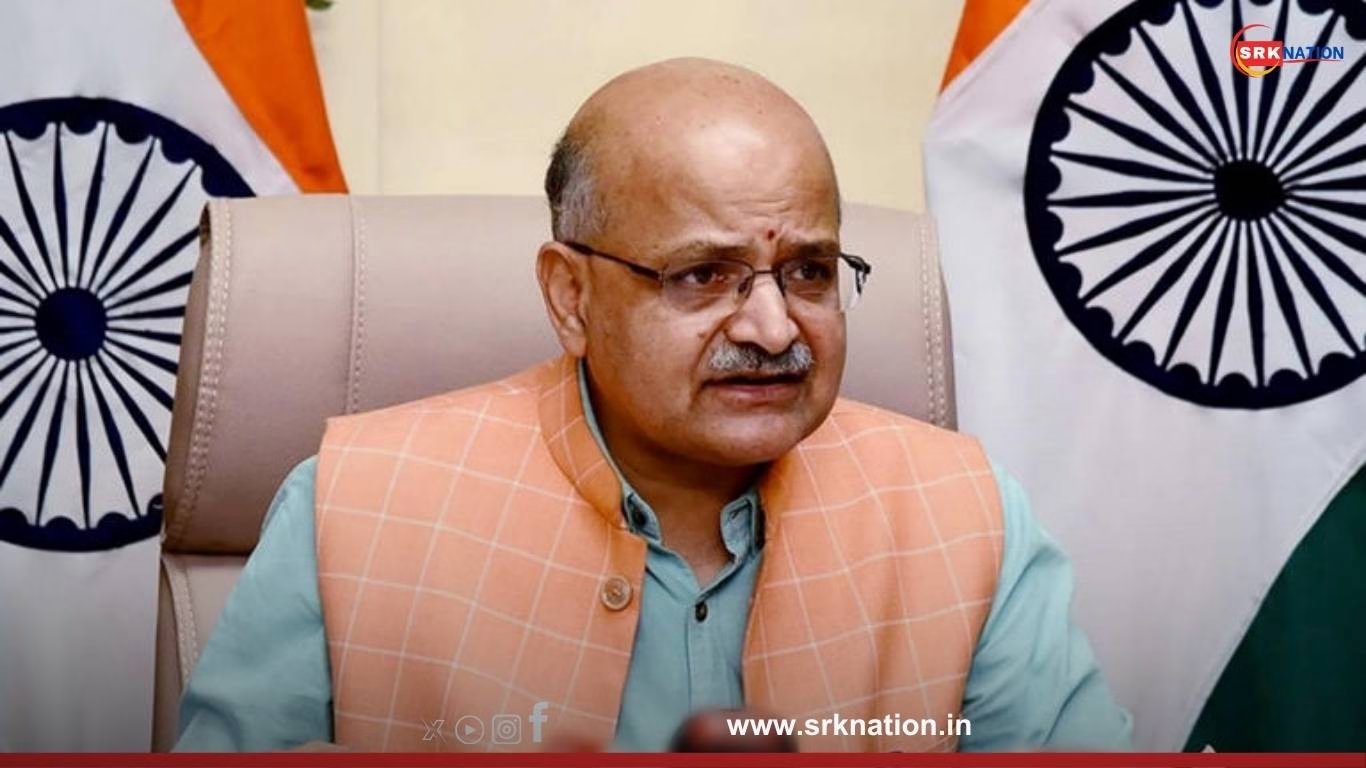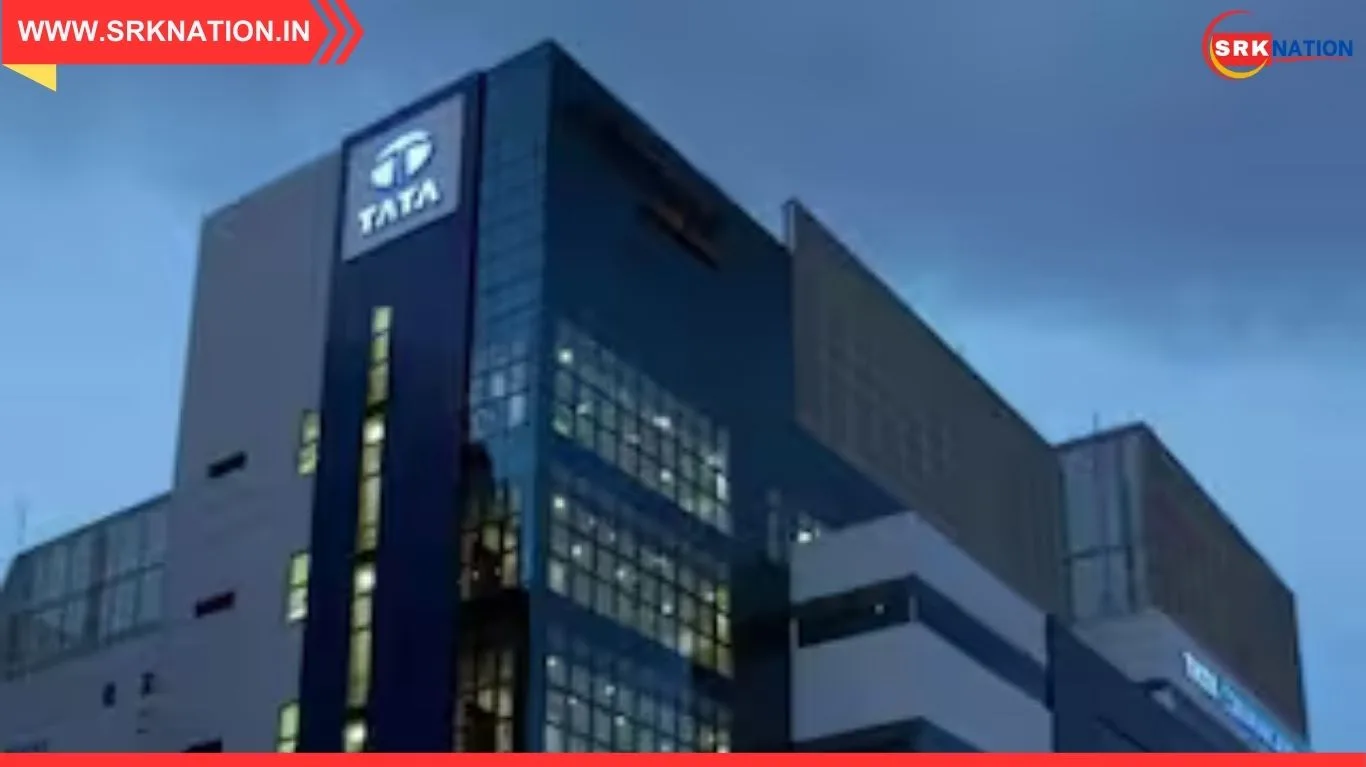India may witness another wave of transformative policy reforms ahead of Diwali 2025, according to NITI Aayog CEO BVR Subrahmanyam. Speaking at a high-level economic conclave in New Delhi on October 6, Subrahmanyam said the government is preparing to unveil a fresh set of “next-generation reforms” aimed at boosting productivity, attracting investments, and enhancing ease of doing business across sectors.
“These reforms will not be incremental. They will be disruptive in a positive way—designed to unlock India’s full economic potential,” Subrahmanyam said. While he did not disclose specific details, he hinted at structural changes in logistics, digital governance, MSME credit access, and labour market flexibility.
The announcement comes at a time when India’s GDP growth has shown resilience despite global headwinds, with Q2 FY2025 registering a 7.4% expansion. The upcoming reforms are expected to align with the government’s broader vision of making India a $5 trillion economy by 2028.
Anticipated Reform Areas – Pre-Diwali 2025 Policy Outlook
| Sector/Domain | Reform Focus Area | Expected Impact |
|---|---|---|
| Logistics & Infrastructure | Unified logistics platform, multimodal hubs | Reduced freight cost, faster delivery |
| MSME Credit Access | Digital lending stack, collateral-free loans | Improved liquidity, job creation |
| Labour Market | Flexible hiring norms, gig economy framework | Boost to formalisation, youth employment |
| Digital Governance | AI-enabled service delivery, e-courts | Faster grievance redressal, transparency |
| Investment Facilitation | Single-window clearance, FDI liberalisation | Higher foreign inflows, ease of entry |
Subrahmanyam emphasized that the reforms will be “citizen-centric and enterprise-friendly,” with a strong focus on execution. “We are not just designing policies—we are building systems that deliver,” he said, adding that NITI Aayog is working closely with line ministries, state governments, and industry bodies to ensure seamless rollout.
The CEO also highlighted the success of previous reform waves, including the PM Gati Shakti initiative, National Logistics Policy, and the Digital India stack. He said the upcoming reforms will build on these foundations and address bottlenecks that hinder scale and speed.
India’s Reform Timeline – Key Milestones Since 2020
| Year | Reform Package Introduced | Core Focus Areas | Outcome Achieved |
|---|---|---|---|
| 2020 | Atmanirbhar Bharat | Manufacturing, MSMEs, agriculture | ₹20 lakh crore stimulus, PLI schemes |
| 2022 | PM Gati Shakti | Infrastructure, logistics | Unified planning, faster approvals |
| 2023 | National Logistics Policy | Freight efficiency, warehousing | 10% reduction in logistics cost |
| 2024 | Digital India 2.0 | AI, fintech, e-governance | 100+ services digitised |
| 2025 (expected) | Next-gen reforms pre-Diwali | Labour, MSMEs, digital governance | TBD |
Industry leaders have welcomed the announcement, calling it timely and necessary. CII President Sanjiv Bajaj said, “India needs bold reforms to stay ahead in a competitive global landscape. We hope the government will address long-pending issues like land acquisition, contract enforcement, and skill development.”
FICCI and ASSOCHAM have also submitted pre-budget memoranda to NITI Aayog, recommending tax simplification, export incentives, and green energy subsidies. The Confederation of Indian MSMEs has urged the government to streamline GST refunds and reduce compliance burden for small businesses.
Industry Expectations – Reform Wishlist from Key Bodies
| Organisation Name | Top Reform Demands | Sectoral Focus |
|---|---|---|
| CII | Labour flexibility, land reforms | Manufacturing, services |
| FICCI | Tax rationalisation, export push | Trade, logistics |
| ASSOCHAM | Green energy incentives, FDI norms | Renewable, infrastructure |
| MSME Confederation | GST simplification, credit access | Small businesses, rural enterprises |
Subrahmanyam also addressed concerns over global economic volatility, including rising oil prices, supply chain disruptions, and geopolitical tensions. He said India’s macroeconomic fundamentals remain strong, with inflation under control, forex reserves stable, and fiscal deficit within manageable limits.
He added that the reforms will be designed to “future-proof” India’s economy, making it resilient to external shocks and agile in responding to technological shifts. “We are building an economy that is not just big, but smart, inclusive, and sustainable,” he said.
Social media platforms have seen a surge in discussions around the anticipated reforms, with hashtags like #NextGenReforms, #NITIAayogPush, and #DiwaliPolicyBuzz trending across Twitter/X, LinkedIn, and YouTube. Economists, entrepreneurs, and policy analysts have praised the proactive stance and urged for time-bound implementation.
Public Sentiment – Social Media Buzz on Reform Announcement
| Platform | Engagement Level | Sentiment (%) | Top Hashtags |
|---|---|---|---|
| Twitter/X | 1.3M mentions | 82% optimistic | #NextGenReforms #DiwaliPolicyBuzz |
| 1.1M interactions | 85% analytical | #NITIAayogPush #IndiaEconomicVision | |
| 950K views | 78% supportive | #ReformIndia #PolicyAhead | |
| YouTube | 870K views | 80% informative | #IndiaReformsExplained #SubrahmanyamTalk |
Experts say the timing of the reforms—just ahead of Diwali—could also have a psychological impact, boosting consumer sentiment and investor confidence. “Diwali is a season of renewal. Announcing reforms during this period sends a strong signal of growth and optimism,” said Dr. Renu Kohli, economist and former advisor to the Finance Ministry.
The government is expected to hold a series of stakeholder consultations over the next two weeks, followed by cabinet approvals and phased rollouts. NITI Aayog will also publish a reform blueprint outlining key targets, timelines, and accountability mechanisms.
Next-Gen Reform Blueprint – Execution Strategy
| Component | Description | Timeline |
|---|---|---|
| Stakeholder Consultations | Industry, states, civil society | October 8–15, 2025 |
| Cabinet Approvals | Policy clearance and budget allocation | October 16–20, 2025 |
| Phase 1 Rollout | MSME credit, logistics, digital services | October 21–30, 2025 |
| Phase 2 Rollout | Labour reforms, investment facilitation | November 1–15, 2025 |
| Monitoring Framework | Dashboard, KPIs, quarterly reviews | From November 2025 onward |
In conclusion, the NITI Aayog CEO’s announcement of next-gen reforms ahead of Diwali signals a bold and forward-looking policy shift. As India prepares to enter a new phase of economic transformation, the focus on execution, inclusivity, and innovation will be key to translating vision into impact. With industry support and public optimism building, the festive season may usher in not just celebration—but reform-driven acceleration.
Disclaimer: This article is based on publicly available policy statements, verified economic data, and expert commentary. It does not constitute investment advice or political endorsement. Readers are advised to follow updates from NITI Aayog, Ministry of Finance, and official government portals for accurate information.












Your point of view caught my eye and was very interesting. Thanks. I have a question for you. https://www.binance.info/register?ref=IHJUI7TF